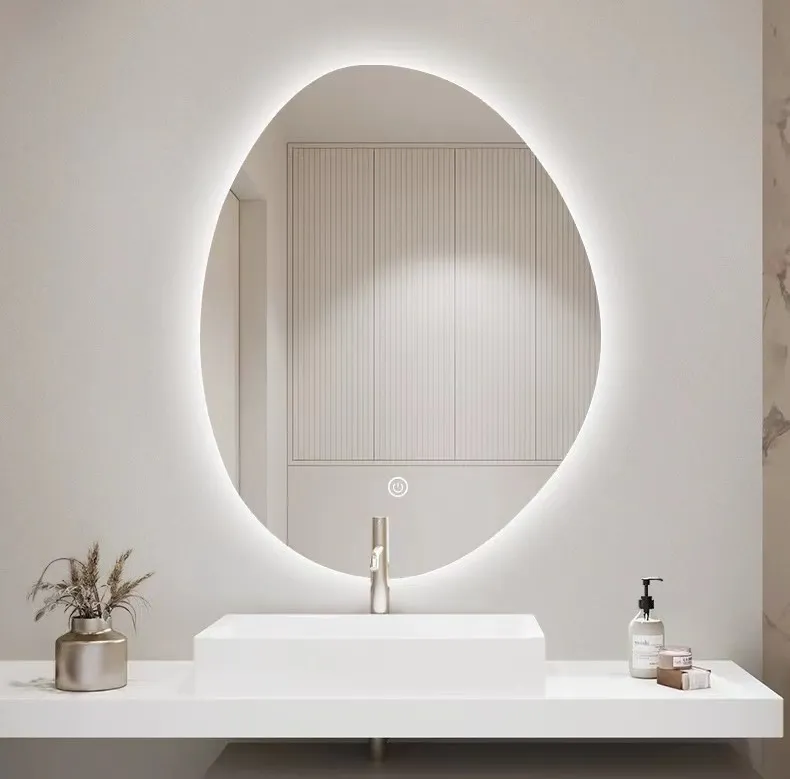Insulated glass units (IGUs) have become a staple in modern construction, providing not only enhanced energy efficiency but also improved sound insulation and UV protection. For those venturing into this domain, understanding the pricing dynamics of these units is crucial. Drawing from years of experience in the glazing industry, this article delves into the factors influencing insulated glass unit prices, aiming to empower buyers with the knowledge to make informed decisions.

The anatomy of an insulated glass unit consists of multiple panes of glass separated by spacers, sealed together to form a single unit. The primary appeal of IGUs lies in their ability to minimize heat loss, reducing energy consumption for both heating and cooling. This efficiency naturally leads property owners to consider the initial investment against long-term savings.
The price of insulated glass units is not a one-size-fits-all figure. Several factors contribute to the variations seen in the market. Firstly, the number of panes in the unit plays a significant role. Standard dual-pane windows offer a balance of performance and cost, while triple-pane options provide superior insulation but come at a higher price point. The choice between these depends on the climate and specific insulation needs of the building.

Glass type further influences the cost. Low-E (low emissivity) coatings are a popular choice for IGUs, as they reflect infrared radiation, keeping heat inside during winter and outside during summer. Higher-performing Low-E coatings, which offer even greater efficiency, result in increased costs but promise significant energy savings over time.
Spacer material and technology are additional determinants of price. Traditional aluminum spacers are cost-effective, but newer alternatives such as stainless steel and foam offer better thermal performance, albeit at a higher cost. These advanced spacers minimize thermal bridging, which occurs when heat transfers through the spacer material, compromising the window's insulating properties.
Gas fillings within the IGU also play a pivotal role in pricing. Argon is the most commonly used gas due to its cost-effectiveness and performance, but krypton, though pricier, offers better insulation for narrower spaces between glass panes. The choice of gas affects both the upfront cost and the unit's thermal efficiency, impacting the overall energy savings realized.
insulated glass unit price
Customization adds another layer of cost. Architectural preferences often lead to bespoke dimensions, shapes, and even tinting, all factors that can increase the price. While standard sizes are manufactured in bulk and thus cheaper, custom solutions accommodate unique design requirements but come at a premium.
The geographical location of the project can also affect insulated glass unit prices. Local climates dictate the demand for specific IGUs, and the proximity to manufacturers or suppliers can influence transportation costs. Furthermore, local regulations may necessitate compliance with specific energy codes, impacting the choice and cost of IGUs.
For buyers seeking to balance cost with performance, working with reputable suppliers and manufacturers is essential. Established companies offer guidance and detailed product information, ensuring the selections meet both budgetary constraints and performance expectations. Their expertise not only assists in navigating the myriad of options but also assures the quality and durability of the product.
Warranty and after-sales support are other critical components of the decision-making process. Trusted vendors provide comprehensive warranties, reflecting confidence in their products and offering peace of mind to buyers. Inquiries about the longevity and replacement policy are prudent steps toward securing a sound investment.
In conclusion, while the price of insulated glass units can be influenced by numerous factors, a well-researched approach grounded in an understanding of these elements ensures that buyers make choices best suited to their specific requirements. The balance between upfront costs and long-term energy savings underscores the importance of investing in quality IGUs, paving the way for healthier, more efficient living spaces. This comprehensive understanding not only enhances the purchasing decision but also fortifies trust in the transition toward sustainable building practices.



